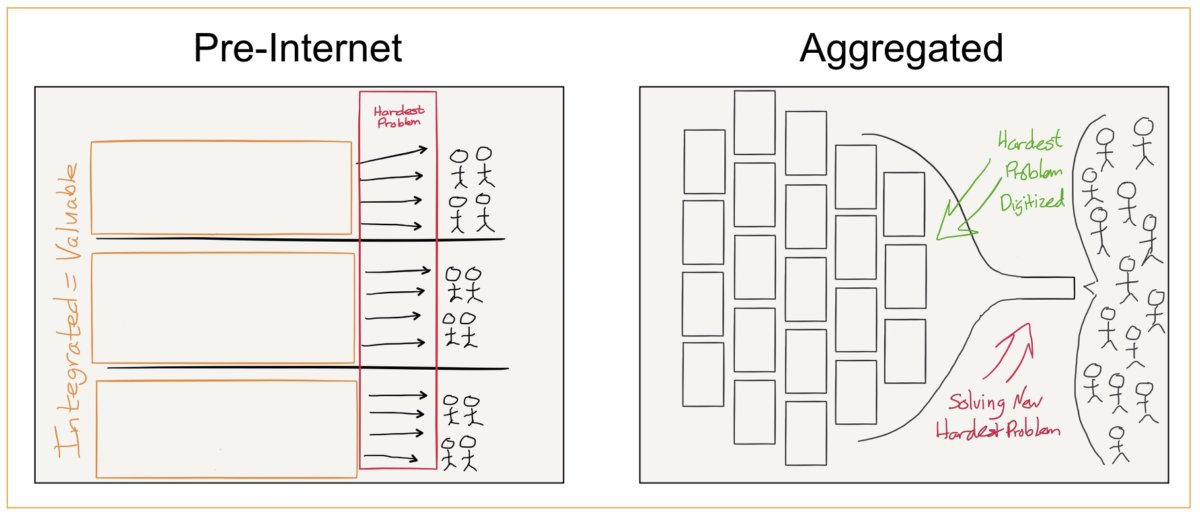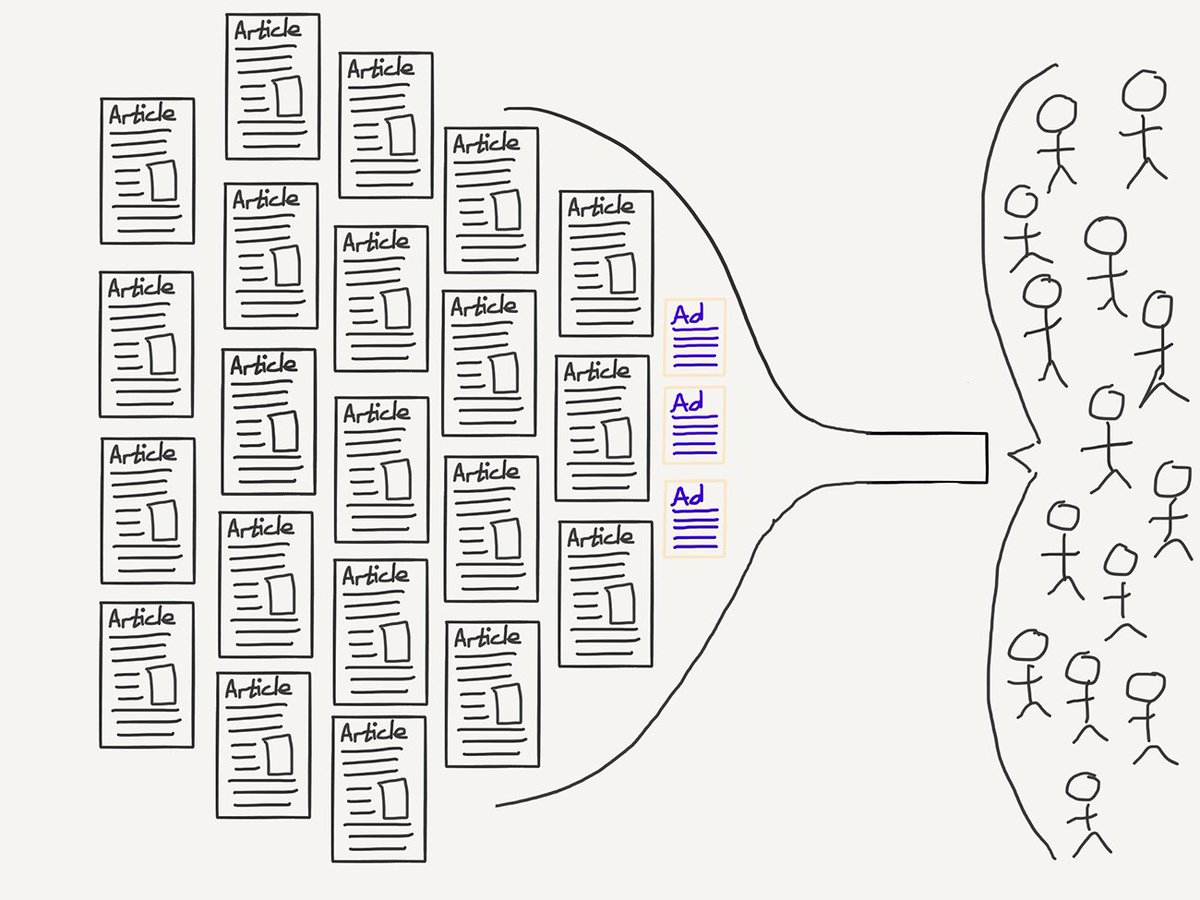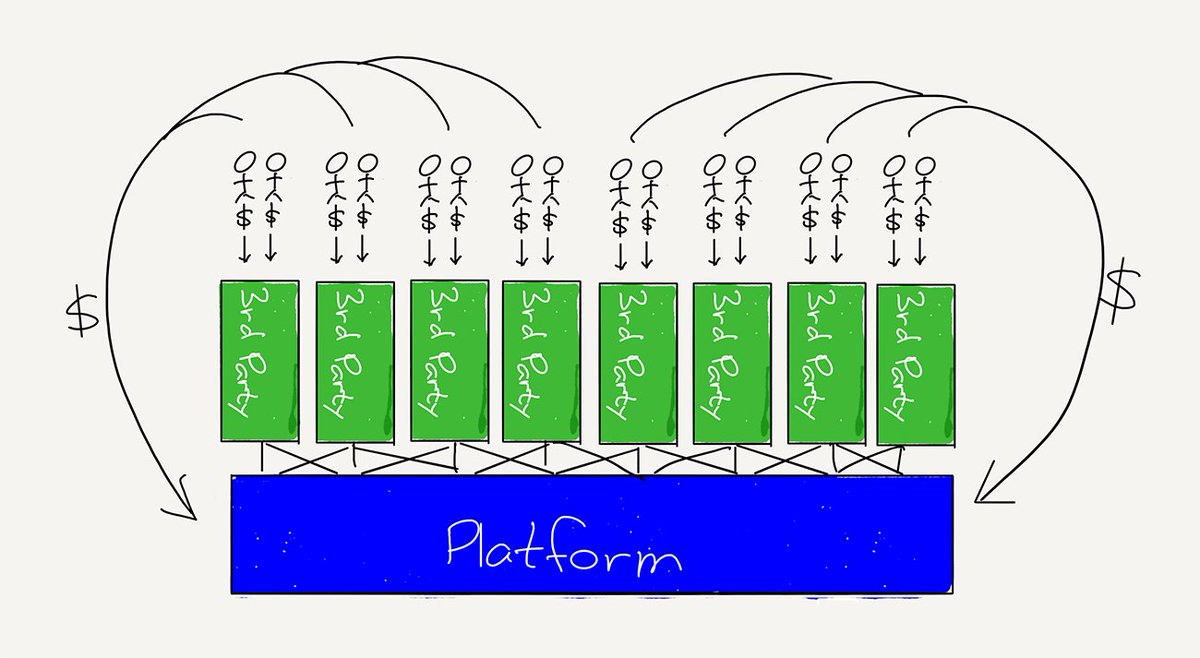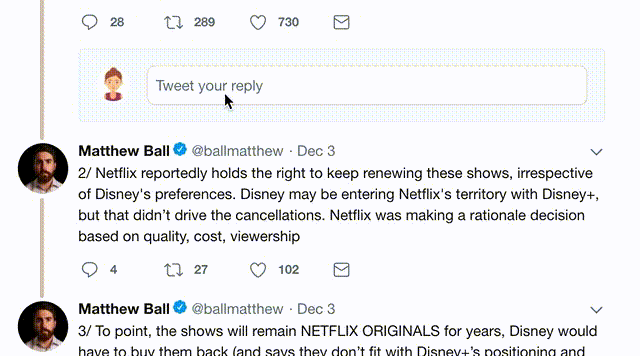A running list of mental models to analyze technology, business, and product strategy.
They shape my thinking, guide my writing and help me understand what is going on in European tech.
↓
Combining multiple small offers into one large offer. The more offers contained in a bundle, the higher the Perceived Value of the bundle will be.
This helps create value without having to create something new.
The opposite of bundling, it means splitting an offer into multiple smaller offers.
Just like bundling, this can help create value for different customers without having to create something new.
The map of reality is not reality. Maps are reductions of what they represent. This is important to keep in mind as we read, think through problems and make better decisions.
(Related to Legibility)
Europe is a fragmented continent across borders, language, regulations and culture.
The European ecosystem need both scales to work appropriately:
- a city scale to start a company
- a continental scale to scale it by accessing capital and customers
Simpler explanations are more likely to be true than complicated ones.
Humans are driven by incentives. They are the backend of the world. When you want to understand how something works look at where the incentives are pointing.
In a post-Internet world it is far more important for companies to aggregate (and control) demand than to control supply.
h/t @benthompson

Companies that collect a critical mass of users and leverage access to those users to extract value from supplier.
(@stratechery)

A platform is a group of technologies that are used as a base upon which other applications, processes or technologies are developed.
It is the foundation on which entire ecosystems are built and what tie everything together.
(@stratechery)

When making decisions, we should consider not only the immediate effects but the subsequent consequences of those actions as well.
Useful when thinking about regulating.
Before changing anything, assume someone put the "fence" up there for a reason. Until you figure out that reason, don't take it down.
Useful when thinking about de-regulating.
Loops are closed systems where the inputs through some process generates more of an output that can be reinvested in the input – A causes B, which in turn influences A (and C), and so on.
The world is better represented as a system of loops, not funnels.
A golden rule for Loops is that they can go both ways.
Two reinforcing structures which interact in such a way as for create a single reinforcing structure.
If two search engines start with 51% and 49% market share each, the 51% won't get ahead linearly.
(Related to Loops)
The process of diffusion of technological revolutions and their new paradigms. They in cycles of 50-60 years with very pronounced periods.
Installation Period → Turning point → Deployment Period
In a zero-sum situation, it is impossible for one party to advance its position without the other party suffering a corresponding loss.
Useful when thinking about market dynamics.
How fast a structure has to grow in order to maintain its honest positions.
This produces institutions that are more concerned with growth and self-preservation than holding honest positions.
The internet allowed a new business model in which a high investment is done upfront to create a product and that product can be then replicated and sold infinite times at no increasing cost.
Delays in feedback loops are critical determinants of system behavior.
Think of an old shower that doesn't respond to faucet twists. You'll never get the right temperature because the delayed response will lead you to overshoot and undershoot.
A bottleneck describes the place at which a flow (of a tangible or intangible) is stopped, thus constraining it back from continuous movement.
A useful exercise is to think about removing bottlenecks.
People try to extract lessons from the successes of others, but fall prey to numerous biases and fallacies.
i.e. Designing a blue social network won't make your product Facebook.
The increased numbers of people or participants improve the value of a good or service.
Useful when thinking about product and social graphs.
A company’s strategy to specialize how it sells and markets by industry vertical or function.
One of the most impactful ways of changing how a system operates is by changing the rules.
Example: Removing the offside rule in football would change the entire game.
Useful when thinking about management, regulation and markets.
A part of a system that, if it fails, will stop the entire system from working.
They undesirable in any system with a goal of high availability or reliability, be it a business practice, software application, or other industrial system.
Companies have Northern Side with diminishing returns to scale (logistics) and a Southern Side with increasing returns to scale (software).
If returns increase more on the South than North, a company can grow.
h/t @Nicolas_Colin
The sole provider of a good or service, giving it a tremendous a competitive advantage over rivals, suppliers and consumers.
Dominance is not equal to monopoly (think Amazon holding 6% of all retail).
Monopolies (or dominance) doesn't (necessarily) stem from malpractice. People use Google because they love the service. Competition is one click away.
This might seem obvious but is often forgotten.
Consumer Preference Matter, but assuming a functioning product, most consumers don't engage enough to switch to the optimal service.
That's why Google paid Apple $12b to remain Safari's default search engine.
Human beings have been appropriately called “the storytelling animal” because of our instinct to construct and seek meaning in narrative.
Data is necessary, but the story is the foundation.
Any misalignment between a company and its customers or its value chain.
A company whose business model is not aligned with its customers’ interests is vulnerable to another competitor beating them with better alignment.
h/t @beyroutey
We over-attribute success to things done by the successful agent rather than to randomness or luck, without considering losers who acted in the same way but weren't lucky enough.
History is famously written by the victors.
Doing one thing means not being able to do another. We live in a world of trade-offs, and the concept of opportunity cost rules all. Most aptly summarized as “there is no such thing as a free lunch."
Two individuals, firms, or countries could benefit from trading with one another even if one of them was better at everything.
Useful when thinking about management and capital.
In VC, returns are governed by break-out companies achieving 10x+ returns, not a bunch of investments earning 10%.
Useful when thinking about markets, competition and capital deployment.
- A leading indicator looks forward at future outcomes and events.
- A lagging indicator looks back at whether the intended result was achieved.
Useful when looking at changes over time.
Instead of trying to predict the next trend, focus on what will stay the equal over the next decade.
Useful for thinking about markets and capital.



